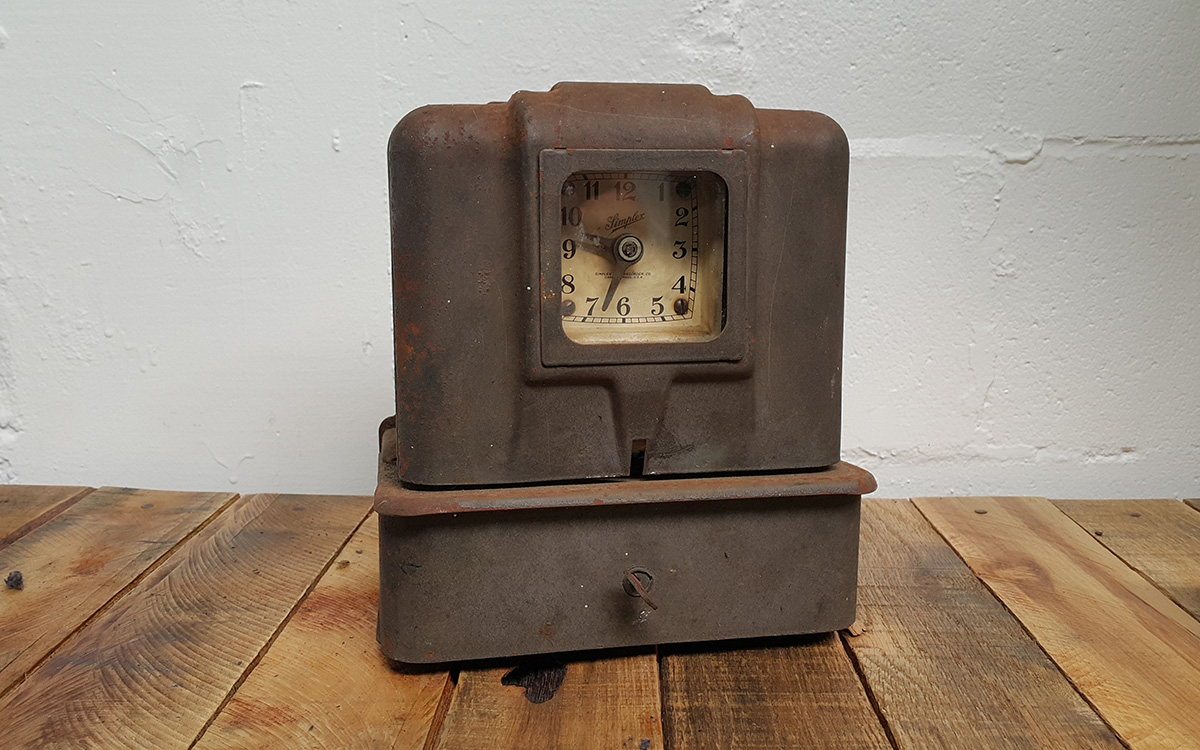What is the return on investment for a cloud-based time clock system, compared to paper timesheets?
Published by - Feb 23, 2023

The return on investment (ROI) for a cloud-based time clock system compared to paper timesheets can vary depending on several factors, including the organisation's size, the frequency of payroll processing, and the specific features offered by the time clock system. However, in general, a cloud-based time clock system can provide a significant ROI over paper timesheets in the following ways:
1. Time savings
A cloud-based time clock system can save significant time for employees and payroll administrators by automating the time tracking process. Employees can quickly clock in and out using a mobile device or time clock machine, eliminating the need for manual entry on paper timesheets. Admins can review timecards digitally, in real-time, reducing the time spent on manual calculations and data entry.
There are several studies and surveys that support the claim that a cloud-based time clock system can save significant time for employees and managers:
A survey conducted by the American Payroll Association (APA) found that using a cloud-based time and attendance system reduced the time spent on time tracking by an average of 3.5 hours per week for small businesses, and 4.9 hours per week for larger businesses. The survey also found that 79% of respondents reported increased accuracy in tracking employee time and attendance with a cloud-based system. (Source: APA, The Evolution of Payroll in a Changing Workforce," 2018)
A study conducted by the Aberdeen Group found that companies using automated time and attendance systems, including cloud-based systems, saw a 10% reduction in payroll processing costs and a 25% reduction in time spent on payroll administration compared to companies using manual time tracking methods. The study also found that companies using automated systems experienced fewer errors in payroll processing. (Source: Aberdeen Group, "Automated Time and Attendance: The ROI for Mid-Market Organisations," 2013)
A survey conducted by Paychex found that 87% of small business owners who use a mobile app to track employee time and attendance reported that the app saves them time. The survey also found that 81% of employees who use a mobile app to clock in and out reported that the app saves them time. (Source: Paychex, "Mobile Workforce Survey," 2019)
A survey conducted by TSheets found that using a mobile time tracking app saved small business owners an average of 15 hours per month on payroll processing. Additionally, 88% of surveyed employees reported that using a mobile app to track their time made it easier to clock in and out, and 70% reported that it made it easier to track their time. (Source: TSheets, "The Impact of Mobile Technology on Employee Time Tracking," 2018)
A survey conducted by Kronos found that using an automated time and attendance system reduced the time spent on payroll processing by an average of 56%, and reduced the time spent on reviewing and correcting timecards by an average of 70%. The survey also found that using an automated system reduced the error rate in payroll processing by an average of 50%. (Source: Kronos, "The Hidden Costs of Manual Time and Attendance," 2016)
A survey conducted by BambooHR found that using an automated time tracking system reduced the time spent on payroll processing by an average of 60%. Additionally, 55% of surveyed employees reported that using an automated system to track their time made it easier to request time off and schedule shifts. (Source: BambooHR, "The State of Time and Attendance," 2018)
2. Accuracy
A cloud-based time clock system can improve the accuracy of time tracking by eliminating errors that can occur with paper timesheets, such as illegible handwriting, missing entries, and incorrect calculations. This can prevent costly mistakes in payroll processing, including overpayments and underpayments.
A study conducted by the American Payroll Association (APA) found that companies that use automated time and attendance systems experience an average payroll error rate of only 0.1%, compared to 1-8% for companies that use manual methods.
According to a survey by Software Advice, a company that helps businesses find software solutions, 43% of companies that switched to a time and attendance system reported a decrease in payroll errors.
Another survey by TSheets, a cloud-based time tracking software, found that 97% of surveyed businesses reported increased accuracy and efficiency after switching from manual time tracking to an automated system.
In a case study conducted by Workforce Management Solutions, a company that provides cloud-based workforce management software, a manufacturing company was able to reduce their payroll errors by 90% after implementing an automated time and attendance system.
3. Cost savings
A cloud-based time clock system can save money on supplies and storage costs associated with paper timesheets. Additionally, a cloud-based system can provide real-time reporting and analytics, allowing managers to identify areas of inefficiency and take corrective action.
4. Compliance
A cloud-based time clock system can help organisations comply with labour laws and regulations by providing accurate and detailed records of employee hours worked, breaks taken, and overtime hours. This can help prevent costly fines and lawsuits associated with non-compliance.
Overall, the ROI for a cloud-based time clock system compared to paper timesheets can be significant, depending on the specific needs and goals of the organisation. However, it's essential to carefully evaluate different time clock systems and choose one that meets the organisation's unique needs.
We can help!
Get in touch with one of our skilled team here at TimeDock to see how we can help bring efficiency, clarity and insight to your business.
Next up: The true cost of manual entry timesheets.
This article was published by on behalf of TimeDock Limited, New Zealand.